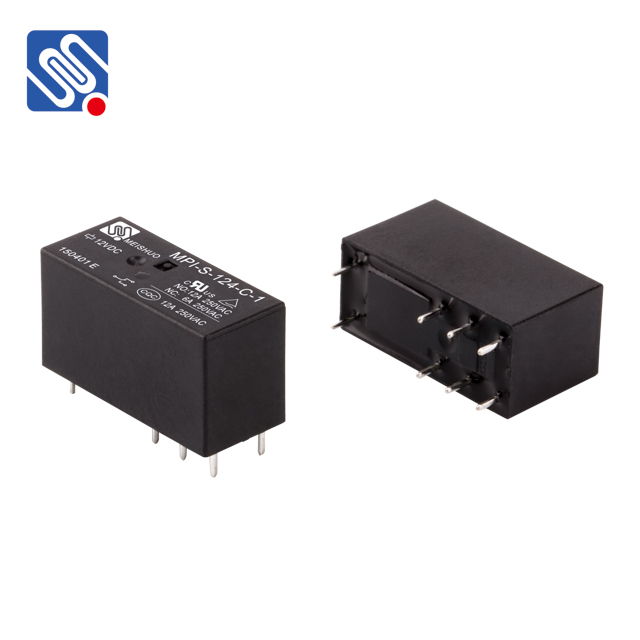relay application notes: understanding the fundamentals and best practices for design
Release time:2025-08-28 16:44:31
Relays are essential components in electrical circuits, used for switching devices on and off, controlling high-power devices with low-power signals, and protecting sensitive components from overcurrent or voltage spikes. For engineers and designers, understanding the intricacies of relays is crucial to ensure optimal circuit performance and reliability. Relay application notes provide valuable insights and guidance on how to properly select, use, and troubleshoot relays in various applications. This article explores key concepts covered in relay application notes and offers best practices for integrating relays into your designs.

1. Relay Fundamentals: What You Need to Know
At its core, a relay is an electrically operated switch that uses an electromagnet to open or close a set of contacts. When current flows through the relay’s coil, it generates a magnetic field that moves the contacts, thus switching the connected circuit on or off. The primary components of a relay include the coil, the armature (moving part), and the contacts (either Normally Open or Normally Closed). The main advantages of using relays include electrical isolation between the control and the switched circuits, as well as the ability to switch high-voltage or high-current circuits with low-voltage control signals.

